The Sony A7R2 was released in 2015 some time later Nauticam released the WWL-1 and I was told this wet lens would work with a Sony full frame using a 28mm prime.
Years later I own a Sony A1 and I have been considering the 28/2 prime as a complement to the Sony 28-60mm mostly to address sharpness issues at the edges.
There is no doubt that the 28-60mm is a great little travel lens and perfect companion of the A7C however performance at the edges is never quite right no matter how much you close down.
Build Comparison
The 28mm prime is smaller than the 28-60mm when this one is extended but has a wider front element.
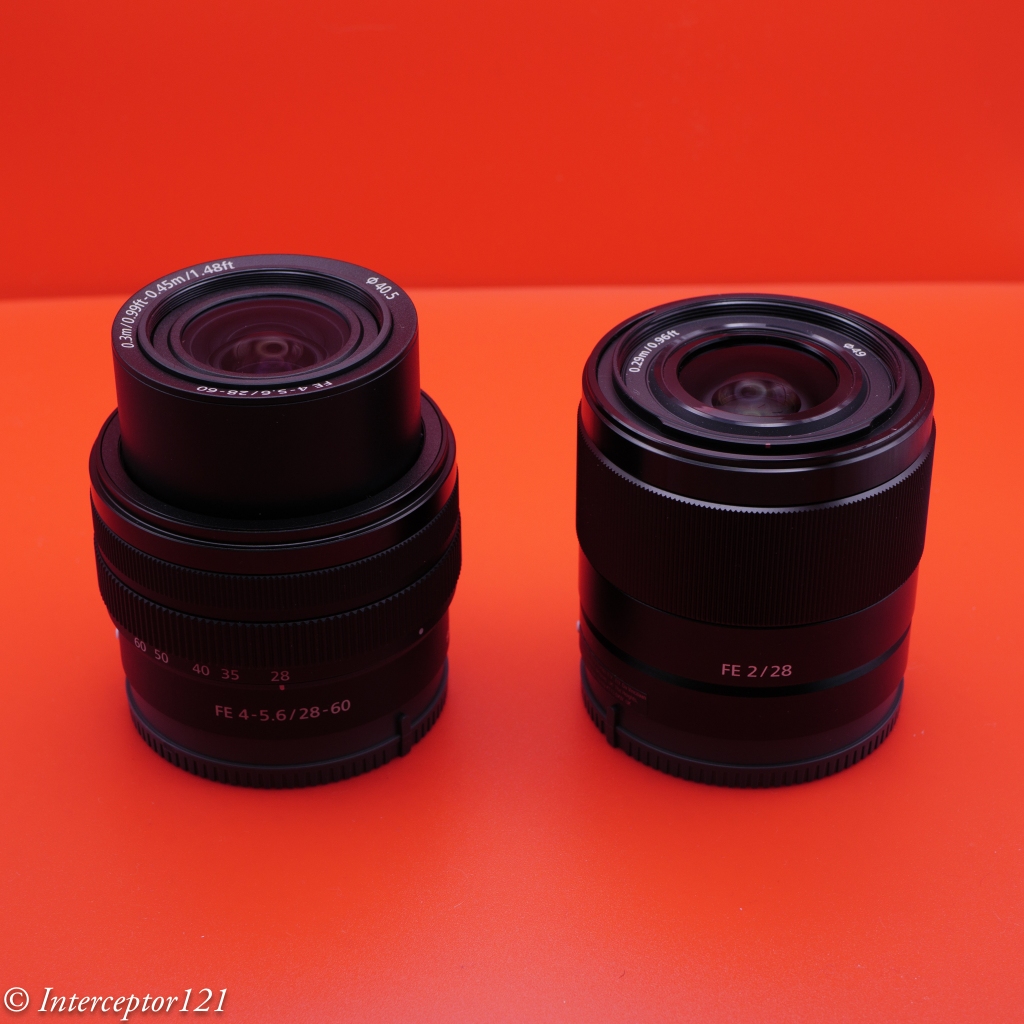
The side by side comparison shows that the 28mm is 9mm shorter when the zoom is at 28mm. The 28mm has a 49mm filter thread while the 28-60 has a 40.5. The 28mm is two stops faster than the 28-60mm but has a lot of vignetting.
DxoMark says the 28/2 will resolve 47 megapixels when coupled with the A7RIV 62 megapixel sensor.
The lens has quite a bit of distortion but not as much as the 28-60mm and also strong vignetting.
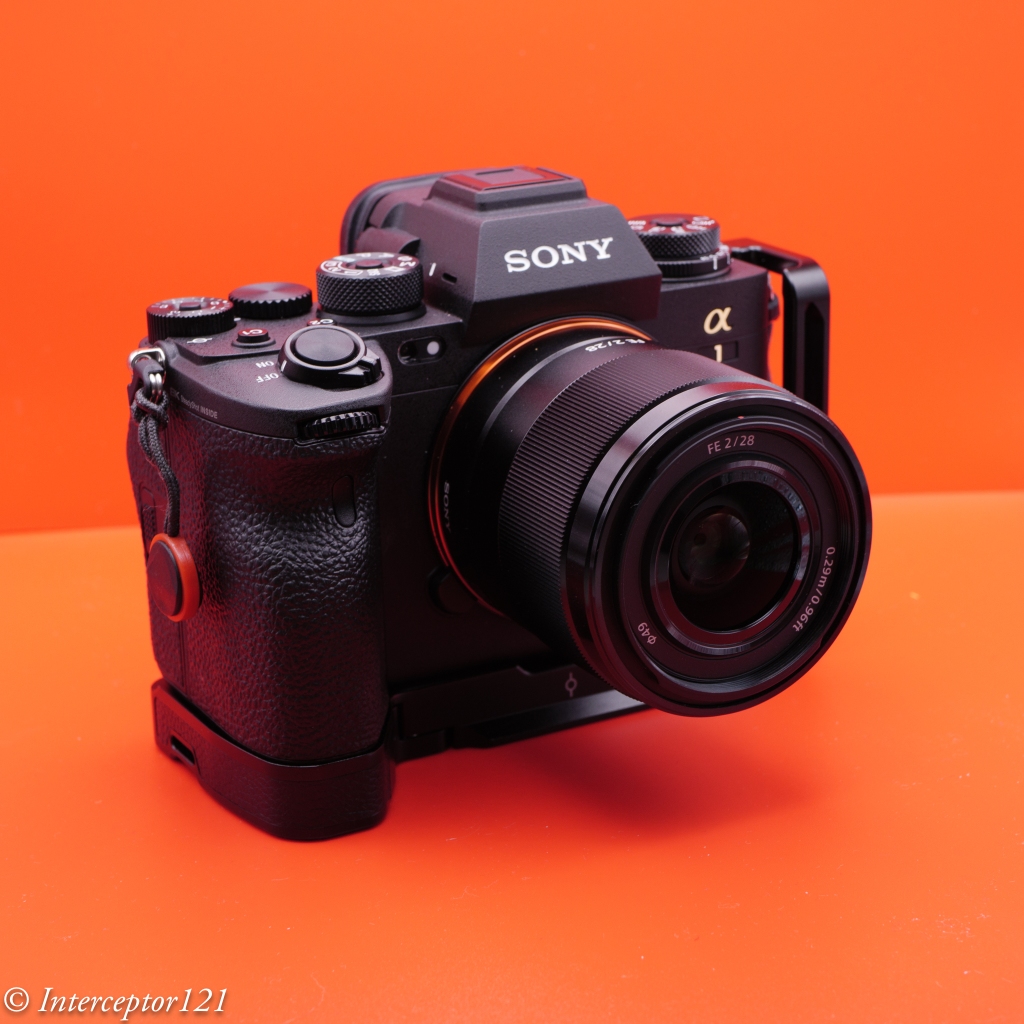
On the A1 the lens looks small and well proportionate to the camera body. Not sure if I will ever use a 28mm prime but I got my copy from Wex photography using a discount code and it was open box.

Port Required
The lens will vignette with the Nauticam flat port 45 and it requires the purposely designed flat port 32. This was released after the new generation of Sony housing as replacement of the flat port 37 used on earlier models.

Not much to say the port is obviously shorter and does not focus a knob.

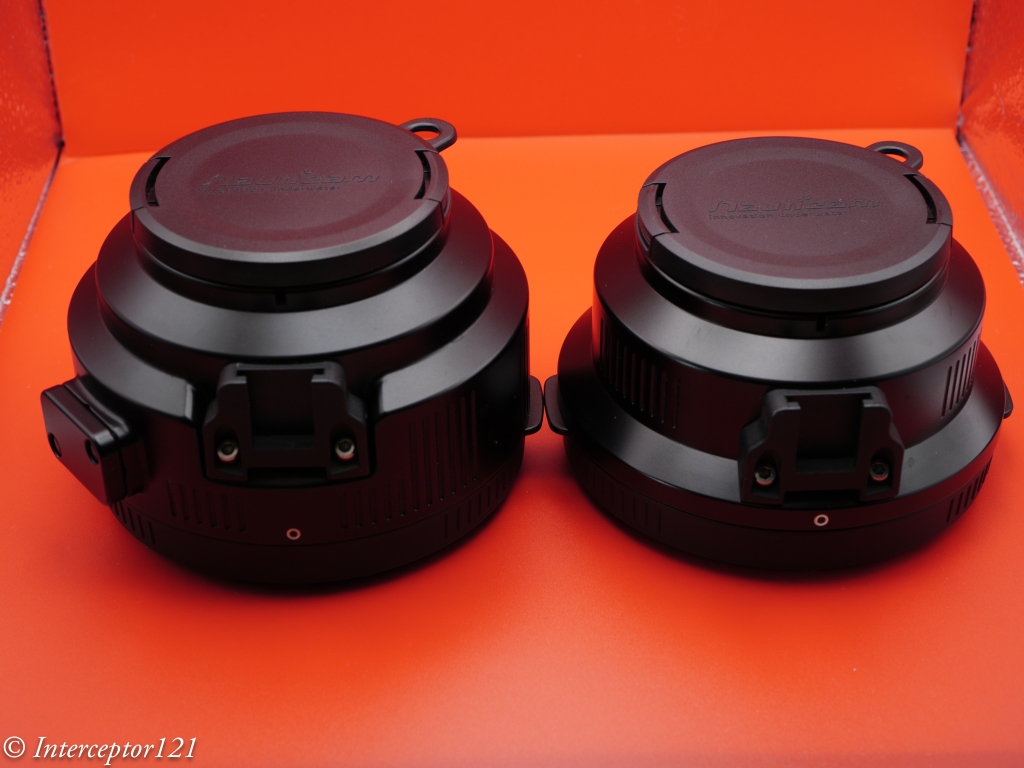
Topside Comparison
Before taking the camera in water I wanted to make sure the lens was sharper than the 28-60mm and it is.
My assessment topside is that the lens is best at f/5.6 and the 28-60 never really matches it. At f/11 the resolution drops and the two lenses become comparable however there is no benefit shooting the 28mm at smaller apertures than f/8.


You can open the images in a new tab I spare the crop comparisons the 28-60 edges are blurry at f/5.6.

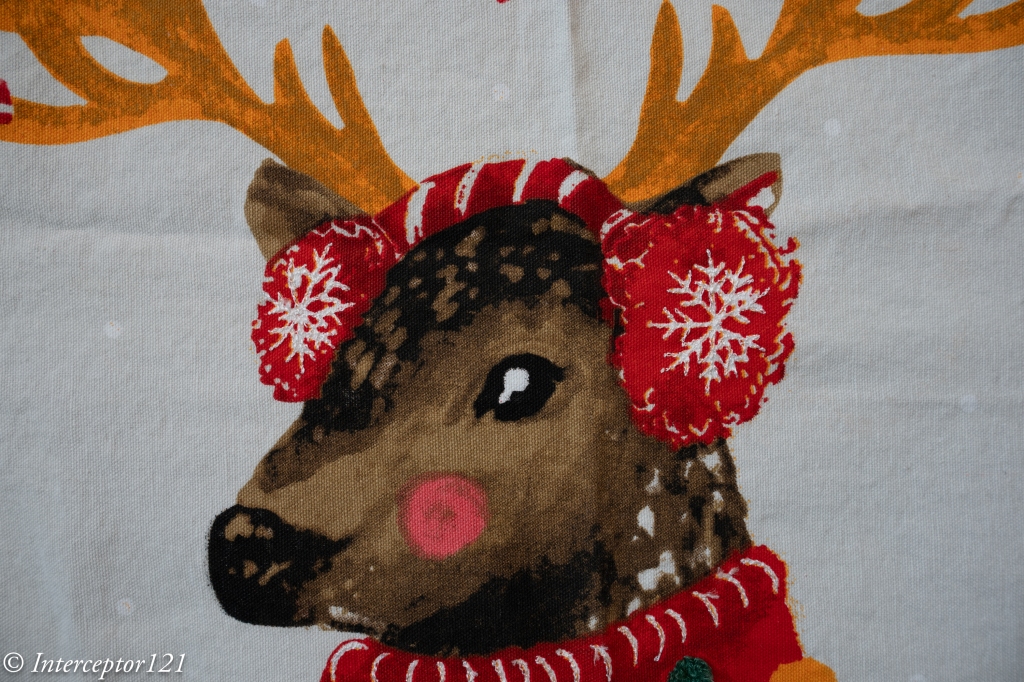
By f/8 there is an improvement at the edges but the centre drops on the 28mm. Likewise on the 28-60mm where the edges become acceptable.


At f/11 the lenses are almost identical. This is an important consideration as underwater this means shooting from f/11 and smaller aperture will not show substantial differences between the two lenses with the WWL-1.
Pool Tests
I set up my camera and went to Inspire Luton for a shooting session.
First I set up the small test reef and took images at various apertures.
I disabled distortion correction so there is a little black bar on the bottom when you are at extreme close range.

The image at f/5.6 shows that on the focus line (the pink coral is the target) everything is good quality as you move to the edges but you can see the depth of field running out as you get closer. Do not confuse this with the lens edge performance as many testers do.

The focus point is on the line Achieve Neutral Buoyancy. You can see that the WWL-1 deteriorates the image quality especially on the meridional lines compared to topside. However this is overall useable in my opinion compared to the 28-60mm.

Closing to f/8 achieves overall the best centre performance.
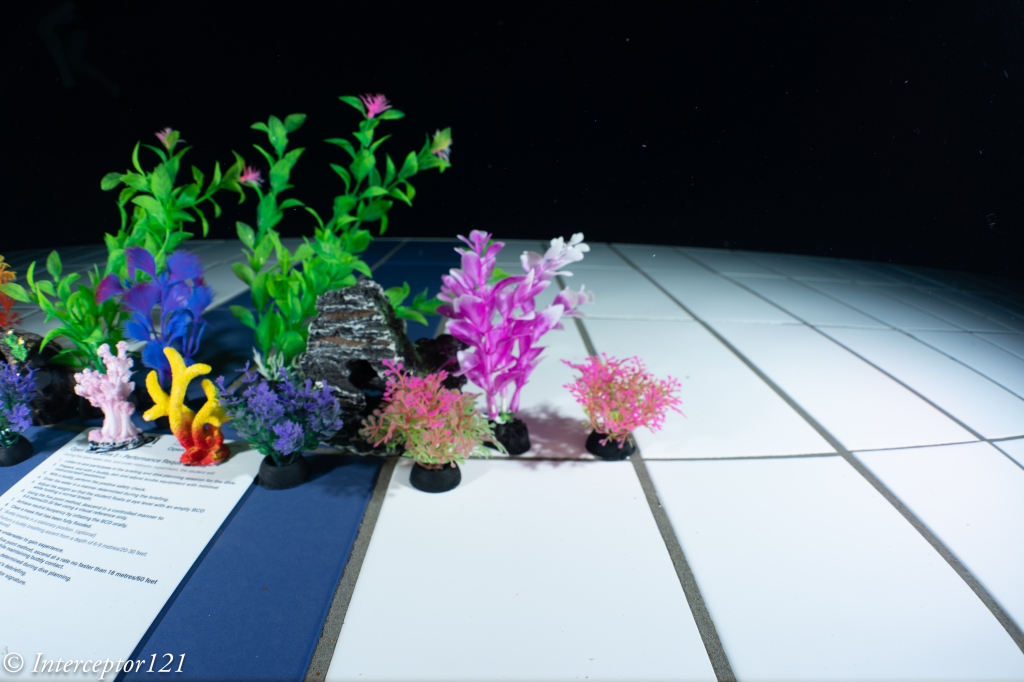
Edges are more than adequate I would say f/8 is the sweet spot of this lens for shots that are not too close.
At f/11 the WWL-1 in its best performance at the edges but the lens has lost a bit of punch.
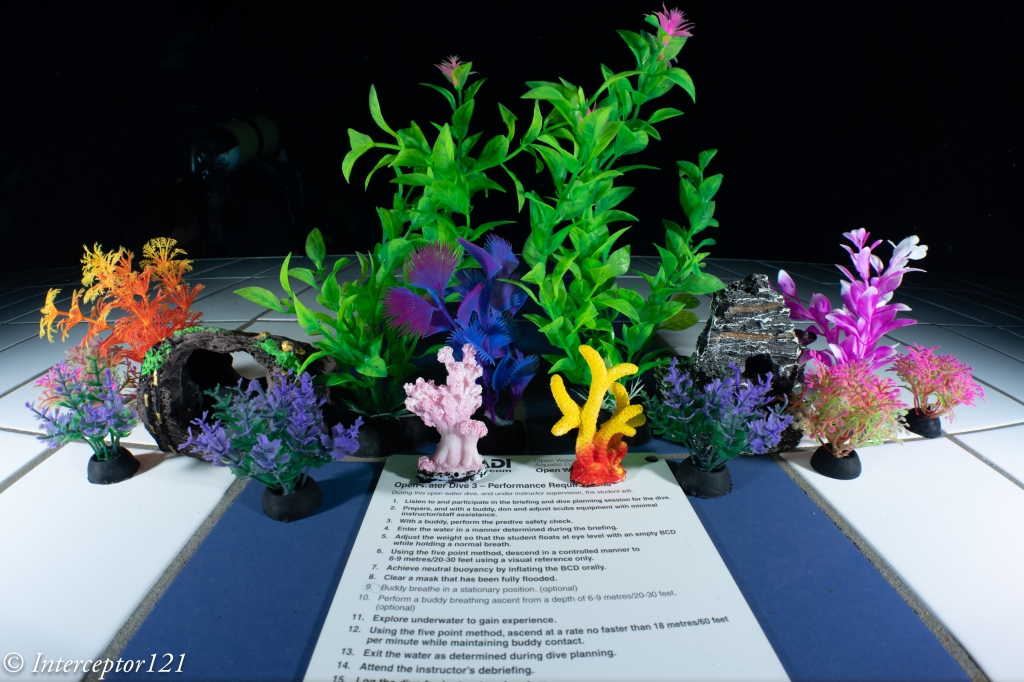

Here is a shot at f/16 just to demonstrate the issue of depth of field is unrelated to the lens aberrations.

Personally I would not use this lens for close up work but if you have to f/16 is the way to go.
For reference this is the 28-60mm at f/11 which is totally usable, the shots are not as close so less demand on the lens.

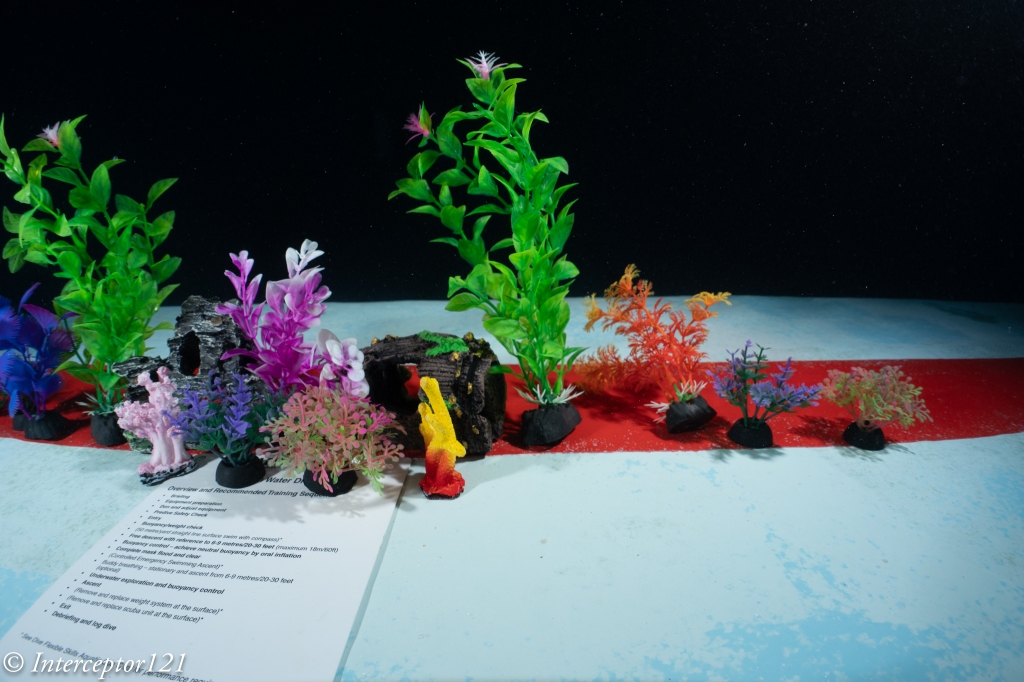
Shooting a target further away demonstrates the ability of the 28mm at wider apertures.
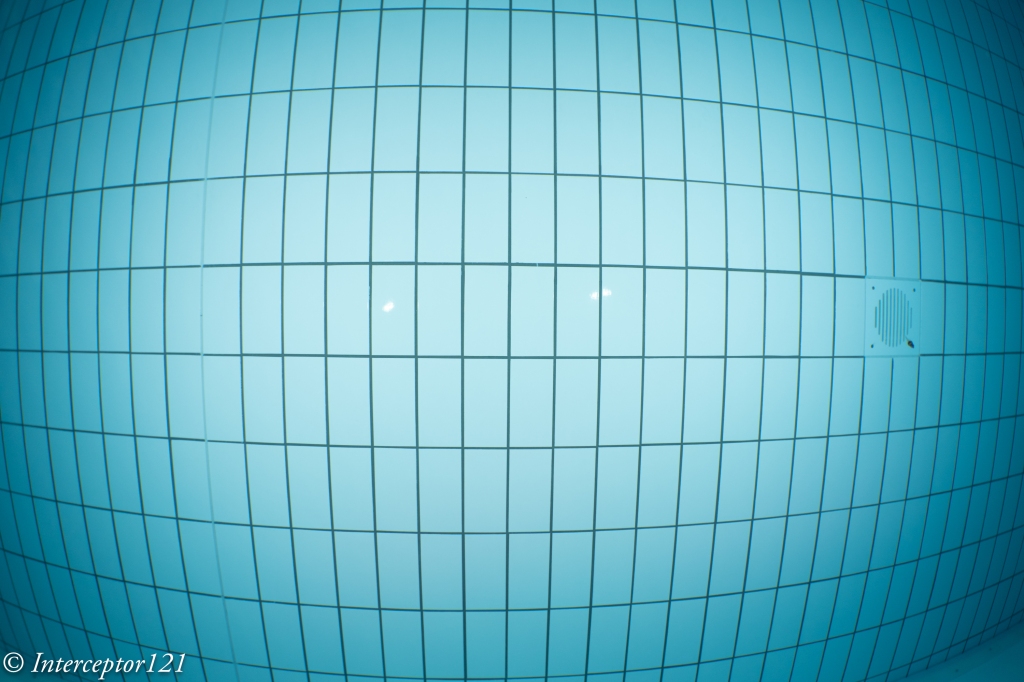
Edges are fine at f/5.6 but this is a flat target.

In conclusion my recommendation for the 28mm is to shoot the lens at f/8 and go to f/5.6 when there is nothing in the edges as necessary to improve centre sharpness. This is an improvement of 1 stop over the 28-60mm. It is not possible to use the lens at f/4 with the WWL-1 the performance is just not there.
Divers Example
The lens has a good contrast and pop.


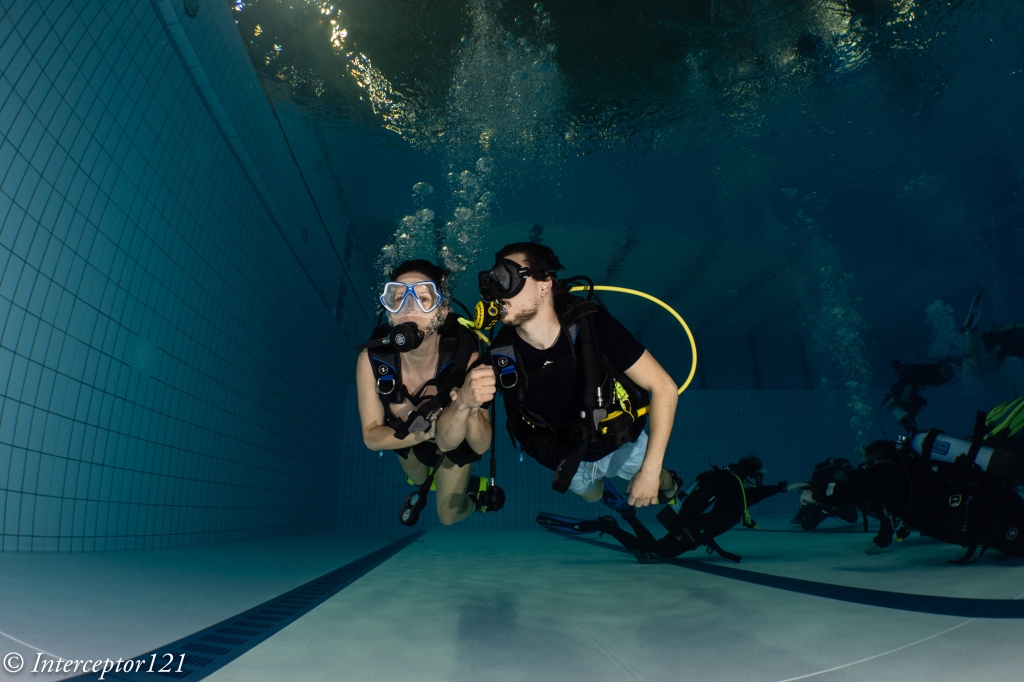

Shots at f/5.6 are softer at the extreme edges and depth of field also plays a role.
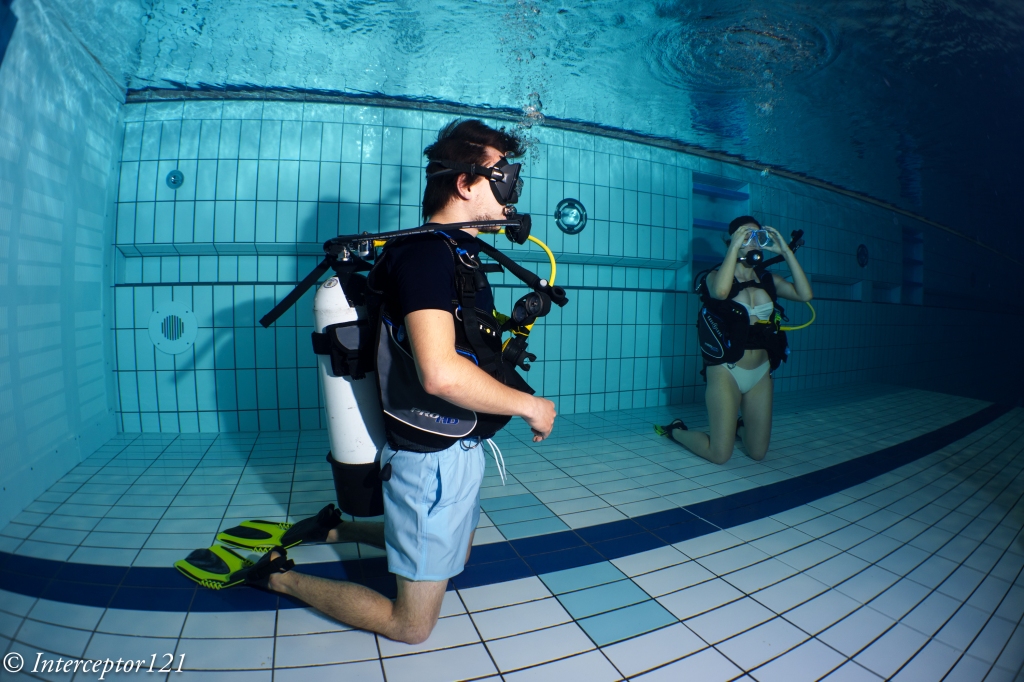
Midwater shots do not display significant issues as expected.

Open Water Shots
I used this lens in Sorrento during my last trip shooting it always at f/8 which was a mistake for close up shots where I should have closed down the aperture.
The shots that follow would have been better suited to a fisheye.

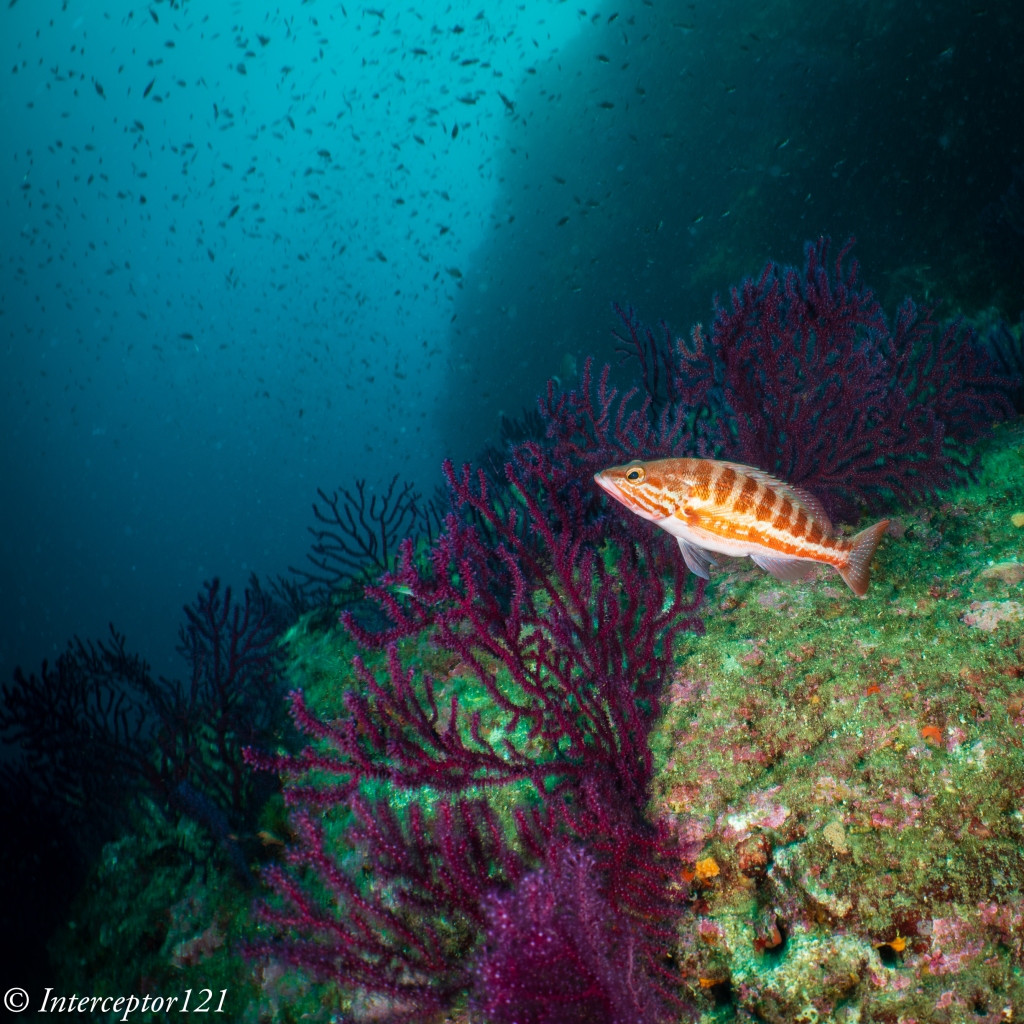

At close range I did not close down to f/16 so the lack of depth of field is evident. Do not confuse this with edge performance.

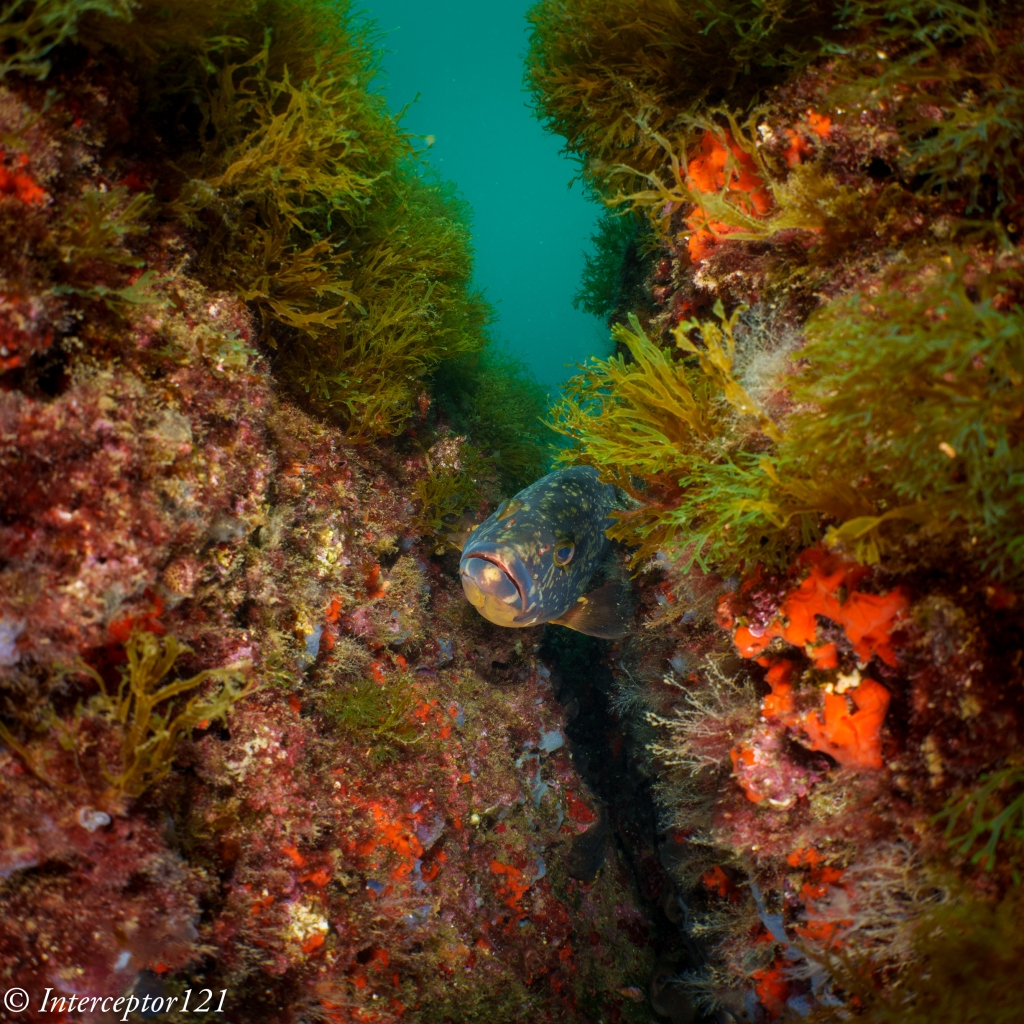
You can see that as the focus is on the grouper the reef coming outwards is blurred due to lack of depth of field.
This is very apparent on this shot.

I have the impression that those water contact optics work better when focussed closer in the frame not on the target as if the depth of field is mostly behind the focus point.
Wrap Up
The Sony 28/2 costs £339 currently and the flat port another £369 for a total of £708 for the set up.
I have not tested the lens with the WACP-C but I think performance will be worse as the mount has a lot of gap until the back of the lens is reached and this creates other side effect.
I believe that the 28mm prime is not something that you require for a 24 and even 32 megapixel camera. Users of the A1 or A7R series that want the absolute best quality and the ability to shoot one stop more open will look into this lens but the majority of shooters will stay with the 28-60mm as their only lens. For video users I think the 28/2 lens is a non starter and I am not planning to use it at all as in 16:9 the extreme edges are cropped and even the 28-60mm is fine.
